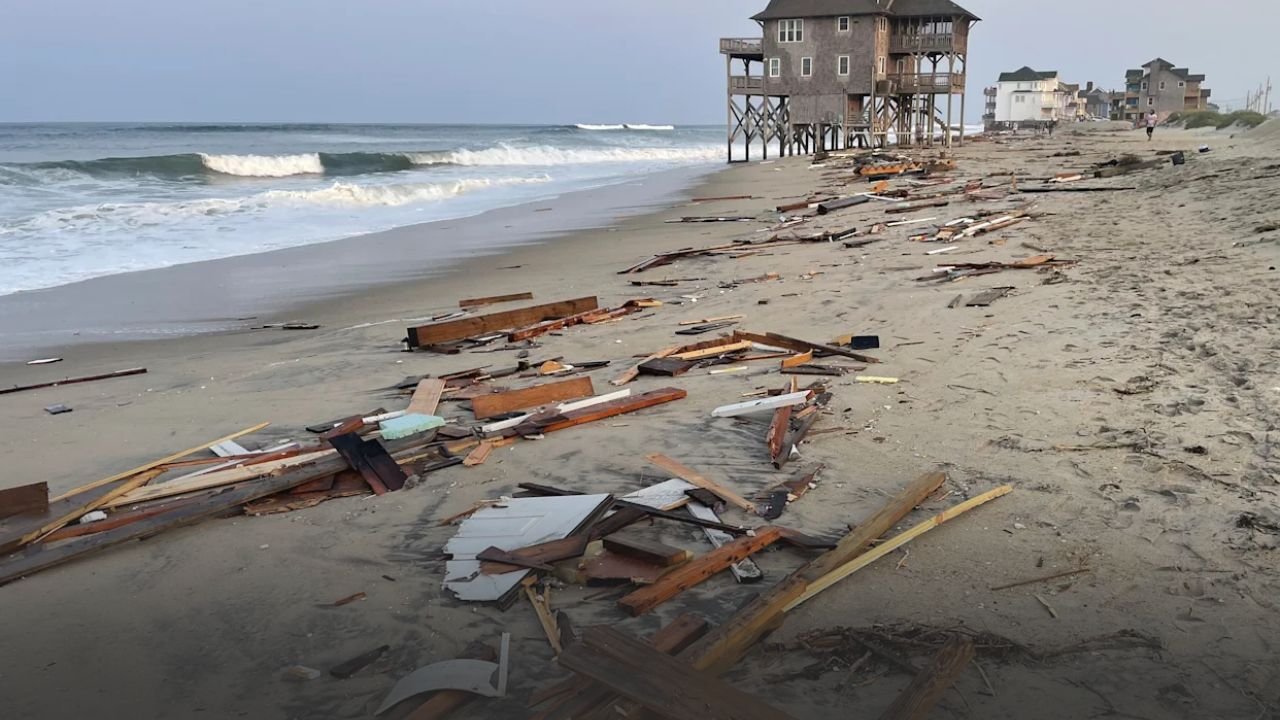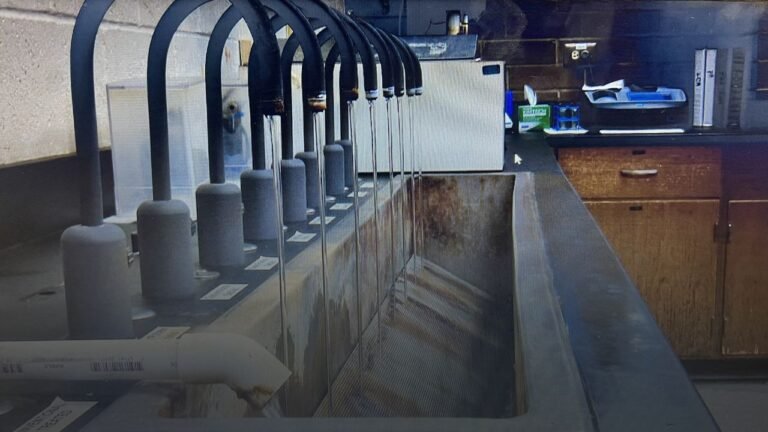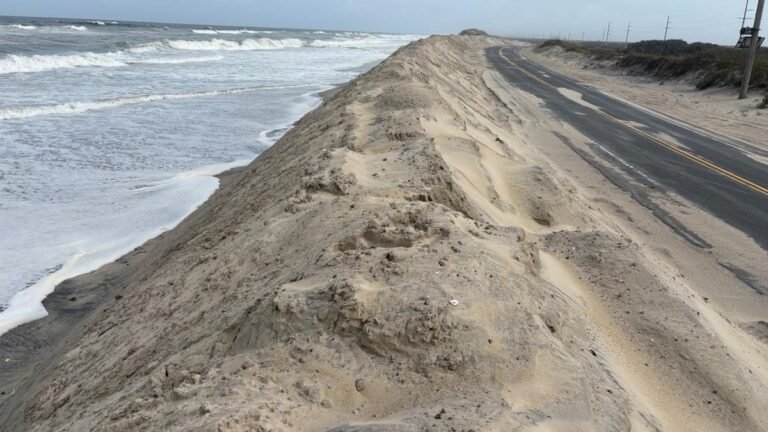Why North Carolina’s Outer Banks Suffer Some of the Worst Storm Damage on the East Coast
OUTER BANKS, NC – Known for their sweeping beaches and popular tourist draws, North Carolina’s Outer Banks are also among the most storm-battered coastlines in the United States. Experts say the islands’ unique geography and rapid erosion make them especially vulnerable to hurricanes and nor’easters, leading to crumbling homes, washed-out highways, and rising costs for residents and the state.
Millions Spent to Protect Highway 12
The most expensive battle has been keeping Highway 12, the two-lane road running the length of the islands, open and safe. Since 2012, the state has spent more than $43 million on repairs from storm damage, on top of the $1 million per year required for routine upkeep, state officials reported.
Hurricane Sandy in 2012 caused nearly $30 million in damages, while Hurricane Irene the year before added $11 million in repair costs. To address the most vulnerable section, the state built a 2.4-mile bridge detour at a cost of $145 million, completed in 2022.
Homes Crumbling Into the Ocean
The community of Rodanthe has become a striking example of how fast the shoreline is retreating. Since 2020, 11 homes have collapsed into the sea, with two others demolished to prevent dangerous failures. Historic imagery shows that between 1980 and 2020, Rodanthe lost 675 feet of beach, averaging nearly 17 feet per year in erosion, according to coastal data reviewed by AccuWeather.
A local resident remarked,
“When we built here in the 1980s, we had hundreds of feet between our porch and the ocean. Today, the waves are at our doorstep.”
Geography Makes the Islands Especially Vulnerable
At some points, the Outer Banks are only 300 feet wide, leaving little buffer against storms. Without seawalls or permanent protections, only sandbagged dunes stand between the Atlantic Ocean and local homes. Experts also note that storms don’t even have to make landfall to cause costly damage.
For instance, Hurricane Joaquin in 2015, which tracked more than 500 miles east of Hatteras, still caused $2.3 million in coastal damage, while Hurricane Erin at half that distance shut down Highway 12 for three days with flooding and high waves, according to storm records.
Meteorologists explain that eastern North Carolina juts directly into the Atlantic hurricane corridor, where storms approach unweakened by land, making repeated strikes more likely.
Climate Change Intensifies the Risk
Rising seas and warming oceans are making the Outer Banks’ problems worse. Stronger hurricanes, heavier rainfall, and faster erosion threaten communities already struggling with collapsing homes and costly infrastructure battles.
One coastal scientist told AccuWeather,
“The Outer Banks are beautiful, but they were never meant to be permanent. With rising seas, the rate of change is only accelerating.”
Do you believe North Carolina should invest more in long-term relocation or continue costly battles to protect homes and Highway 12? Share your thoughts in the comments and join the discussion at SaludaStandard-Sentinel.com.







